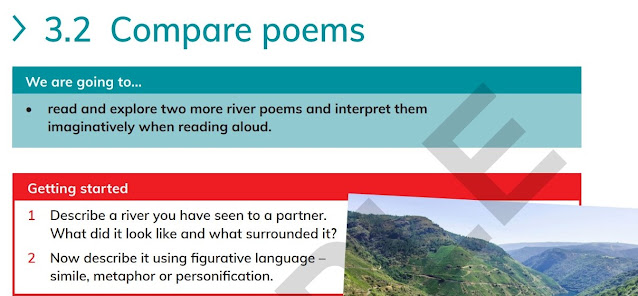Composition & Grammar - Kaleidoscope (Wednesday; 18/1) (Thursday; 19/1)
K: Know the meaning of kaleidoscope.
U: Understand the layout of a storybook.
D: Create a short story.
Words of the Day
1. Kaleidoscope
2. Storybook
Let's Begin!
Kaleidoscope is a toy consisting of a tube containing mirrors and pieces of coloured glass or paper, whose reflections produce changing patterns when the tube is rotated.
As a figurative term, it means there is so much to look forward to, regardless of the worst lows you might encounter.
Holiday Homework
Create a storybook consisting of a short story. The short story has a kaleidoscopic theme and it is between 250-300 words. You can choose between the 3 questions to write your story and create your storybook:
1. One day, a character found a mysterious kaleidoscope that could predict the future instead of colours. As they were playing around the toy, they were shocked to find out a future they never thought would happen.
a. What is your character’s name? How old are they? What is their background?
b. Where did they find the kaleidoscope? What does the toy look like?
c. How did your character feel when they found out it was a magical kaleidoscope that could predict the future?
d. What was the future that they saw? Good? Bad?
e. What did your character do next after seeing that future? Did they try to stop it if it was bad? Did they try to make it happen faster if it was good?
1. 2. Imagine that you are a kaleidoscope.
Nothing special. You are just a simple toy that was given to someone or bought
by someone. Write about your life as a kaleidoscope.
a. Use
1st POV. Pretend you are a kaleidoscope. What do you look like? What
is your design? Do you have decorations or drawings on yourself?
b. Were
you sold at a store and bought by someone? Were you made by someone and given
as a gift?
c. How
was your first owner? How old were they? Did they take care of you? Did they
play with you a lot?
d. What
kind of colours and shapes did you produce? Did your owner enjoy the pictures?
Were you treated well as an object?
1.3. A character has lived a normal life. They ate
the same food. Walked the same path to school. Study the same subjects.
Everything seemed normal and unchanging. That is, until one day, everything
began to change in the character’s life.
a. What
is your character’s name? What is their age? What do they look like? What is
their personality?
b. Did
they enjoy their life? Was it too boring for them? Were they comfortable?
c. What
was the shocking thing that happened and changed your character’s life? What
was their reaction to the new change?
d. Did they do anything to adapt to the change or did they try to go back to their normal ways?
Checklist
Please refer to this checklist when you are writing your story and creating your storybook:
1. It is between 250-300 words (Can exceed to 350 words).
2. The story is written in a test pad and your choice of storybook style (physical or digital).
3. Your storybook cover (physical or digital) that matches the theme of your story.
4. It must have these 3 grammar components: connectives, active and passive voices, and parentheses.
5. Be creative!
Examples of a Physical Storybook
For a physical storybook, you can use many types of materials such as coloured papers, coloured pencils (watercolour, crayons, or the like), and even a binder or stapler to hold your book together!
Here are some lovely examples of storybooks that you can get inspired from!
You can even refer to this DIY video!
Examples of a Digital Storybook
For a digital storybook, you can use many applications/websites such as Canva, Microsoft Word, and many more! You do not need to print out your work but you do need to submit it in the English Schoology course.
Here are some lovely examples of storybooks that you can get inspired from!
Due Date
The due date is 30th Janurary 2023 on a Monday. Please write the reminder below in your HW journal:
Storybook creation (Monday; 30/1)
Have fun!












Comments
Post a Comment